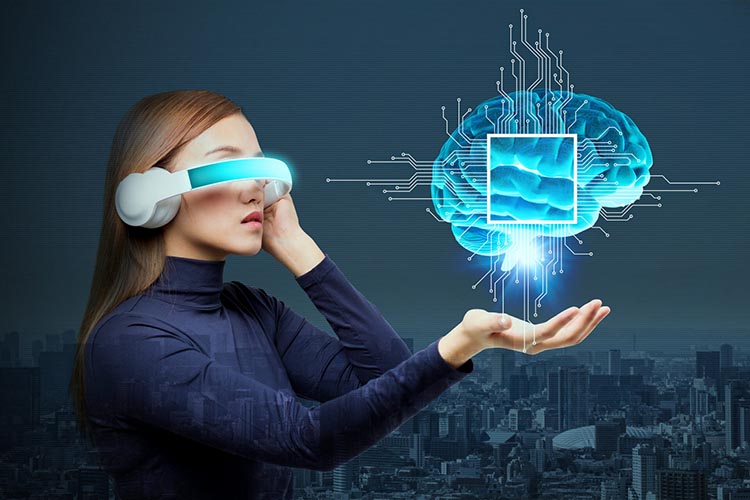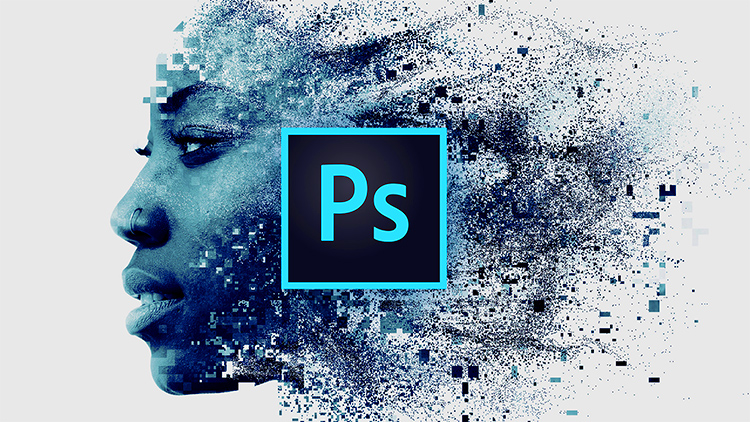Photoshop is a software application developed and published by Adobe Inc. It is widely used in different areas such as design, photography, and advertising industries for image editing, compositing, and retouching.
With Photoshop, users are able to manipulate images, create digital artwork, and enhance photographs. Plus, a wide range of features and tools, including layers, masks, brushes, filters, and color correction is offered.
both Windows and Mac operating systems can use this software and it is a leading software in the creative industry. It has become an industry-standard software, and its name has become synonymous with image editing and manipulation.

Photoshop in the future
As an AI language model, we cannot predict the future with certainty, but we can offer some possible directions that Photoshop might take based on current trends and emerging technologies.
- Improved AI Integration: Photoshop may continue to integrate AI and machine learning technologies to enhance its features and performance. For example, AI could assist in automating tasks like object removal, content-aware fill, and image resizing, or suggest creative enhancements to images.
- Cloud-based Collaboration: As cloud technology continues to evolve, Photoshop may become more cloud-based, enabling real-time collaboration between multiple users. This could facilitate faster workflow and teamwork, as well as enable seamless integration with other cloud-based applications.
- More 3D Features: With the rise of augmented and virtual reality, Photoshop may continue to enhance its 3D capabilities, allowing users to create and manipulate 3D models with greater ease.
- Mobile-first Design: With the increasing popularity of mobile devices, Photoshop may become more mobile-friendly and include more features optimized for touch-based devices.
- Continued Focus on User Experience: Photoshop has always placed a strong emphasis on user experience, and this is likely to continue in the future. As technology advances, Adobe may continue to find new ways to make the program more intuitive and user-friendly.
- Integration with Emerging Technologies: As emerging technologies such as virtual and augmented reality, and artificial intelligence continue to gain momentum, Photoshop may integrate with these technologies, allowing users to create immersive experiences using these cutting-edge technologies.
- More Personalized Experience: With the rise of data-driven personalization, Photoshop may become more personalized, with features and tools that are tailored to the user’s specific needs and preferences.
- Greater Accessibility: Photoshop may continue to improve accessibility features for users with disabilities, making the program more inclusive and accessible to everyone.
- Greater Automation: With the increasing demand for speed and efficiency in design, Photoshop may continue to automate more of its features, allowing users to quickly accomplish complex tasks with just a few clicks.
- Greater Integration with Other Adobe Creative Cloud Applications: Adobe Creative Cloud has a suite of applications that work together seamlessly, and Photoshop may continue to integrate with these applications to provide a more complete and streamlined workflow for designers and creatives.
Overall, the future of Photoshop is likely to be focused on improving the user experience, incorporating emerging technologies, and making the program more accessible and efficient for all users.


